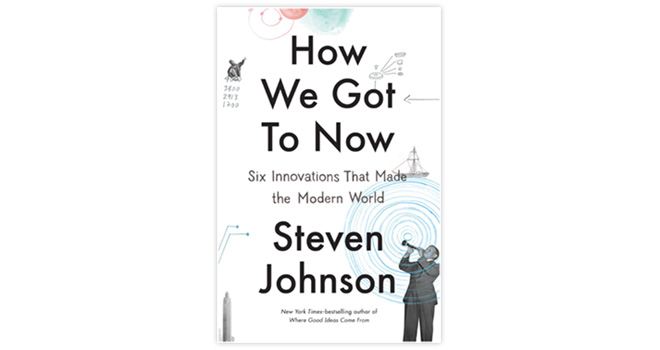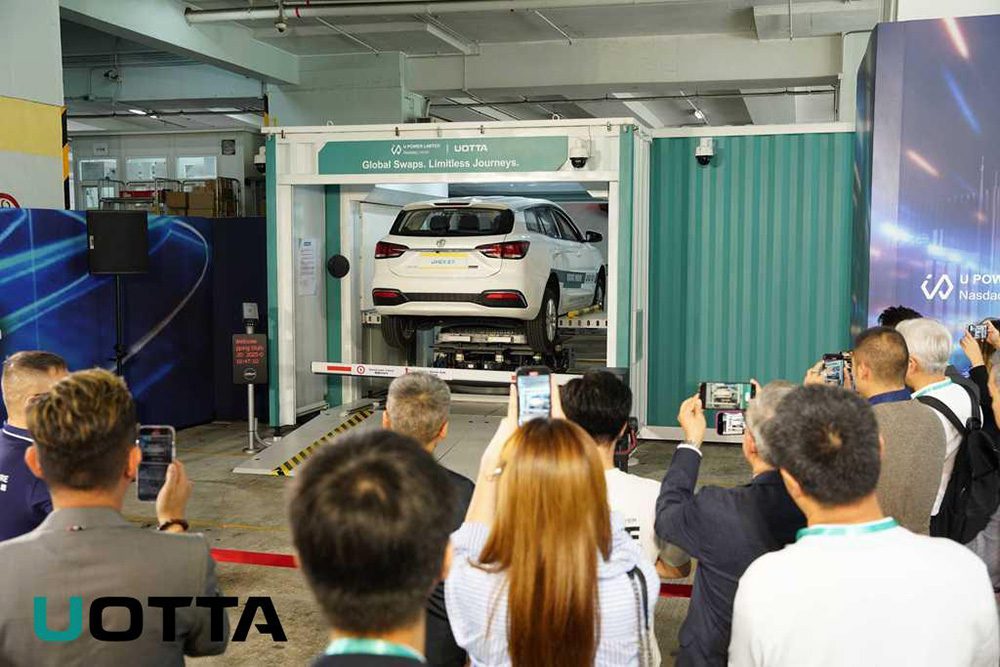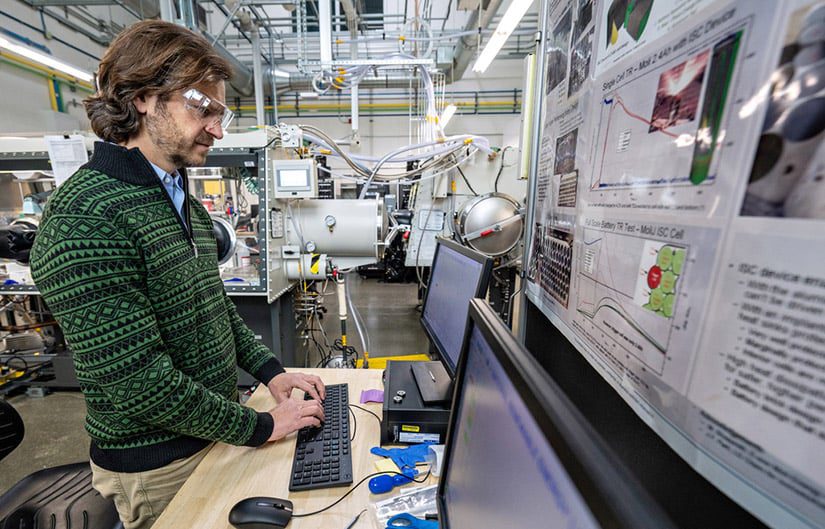How We Got to Now, by Steven Johnson, is a companion book to a TV series that was recently broadcast on PBS and BBC. It’s an excellent book that should be of interest not only to tech fans, but to anyone interested in history and social trends. The author examines five key technologies, and traces their effects on human history, which often extend far beyond the obvious.
Mr Johnson has a great gift for storytelling, and the book is hard to put down. Unexpected connections confront the reader at every turn. For example, have you ever considered how many fields (medical research, astronomy, modern telecommunications, television, computing) are totally dependent on glass?
The book is also chock full of fun facts (Did you know that the entire city of Chicago was once jacked up a few feet to enable the construction of a sewer system, or that the water used in the production of microchips is literally too clean for humans to drink?).
How We Got to Now has nothing to say about EVs per se – transportation is not one of the key technologies described, and electric cars are mentioned only once. However, the main insights about technology that Johnson expounds will be familiar to anyone involved in the EV industry.
Our society loves the “lone genius” narrative of discovery, but in fact most scientific advances are the product of many great minds working on a problem at the same time – sometimes together, and sometimes in isolation, but building on the work of others. Johnson points out that government policies designed to encourage the lone genius – strong patent protection, for example – may be misguided, and that policies aimed at encouraging networking and collaboration might yield better results.
“Most important innovations arrive in clusters of simultaneous discovery. The conceptual and technological pieces come together to make a certain idea imaginable…and all around the world, you suddenly see people working on the problem, and usually approaching it with the same fundamental assumptions about how that problem is ultimately going to be solved.” Batteries, anyone?
One of Johnson’s most famous ideas is what he calls “the adjacent possible” – something that is not yet feasible, but that we can easily envision, because all the enabling technologies are available, waiting for someone to put the pieces together and create a commercially viable product.
Examples of the adjacent possible in our world include the 200-mile battery, dynamic wireless charging and autonomous vehicles.
Johnson explains the great importance of measurement to innovation. New technologies enable more accurate measurements, which in turn lead to further advances. This is evident in the battery field – the proliferation of batteries has created a need for more accurate instruments to measure their performance, and these instruments are valuable tools for researchers looking to improve that performance.
A new technology often highlights an injustice that few were aware of – the invention of flash photography allowed social reformers to show the world the squalid conditions in New York tenements – or reveals a problem that wasn’t a problem before – the expansion of literacy that followed the invention of the printing press led to the discovery that much of the population was farsighted, and created the eyeglass industry.
Technological advances tend to have unforeseeable effects, which sometimes have huge impacts on society. The invention of air conditioning drove explosive population growth in hot regions of the world, leading to such diverse trends as the growth of tropical megacities (which would be impossible without AC) and the redrawing of the political map in the US (the migration of conservative retirees to the South caused that region to shift from solid blue to bright red within a generation).
Anyone who has considered the vast impact that cars have on every aspect of our society can see that the triple trend of electrification, automation and connectivity is bound to radically reshape our world, in ways that will have no obvious connection to transportation.
Johnson does not gloss over the fact that new technologies often lead to bad outcomes, either intentional (nuclear weapons) or unintentional (climate change). He notes that the same ultrasound that has saved millions of lives by almost eliminating complications of childbirth is also used in some countries to abort female fetuses, and that modern sanitation, which has saved billions from death by water-borne diseases, may also contribute to higher rates of asthma and allergies by limiting our childhood exposure to germs.
This is a high-quality production. Unlike so many books these days, it has been edited carefully – your eagle-eyed correspondent could discover no more than a couple of language errors. It is nicely bound, printed on high-quality paper, and illustrated with great photos.
How We Got to Now, by Steven Johnson
304 pages
Publisher: Riverhead Books

















































































